What Is Hygge?
Hygge (pronounced hoo-gah), a Danish term that evokes slowing down to savor simple pleasures in life, may be one reason Denmark ranks as one of the happiest countries on the planet, according to the World Happiness Report.
Though hygge often is associated with staying snug at home during long, dark northern winters, it can be practiced in any climate—indoors or outside, with loved ones or in solitude. It simply means cultivating a sense of coziness and wellbeing through your surroundings and state of mind.
The high levels of happiness in Denmark can be credited to the practice of hygge, along with other factors such as a strong sense of community, work-life balance and a fondness for the outdoors.
How Hygge Helps Your Health
Wondering if embracing hygge could make you happier and healthier? Here are a few ways this practice may promote wellness and longevity:
1
Lowering stress
Cultivating hygge in your life can help you slow down, reduce stress and potentially live a longer, happier life. Science shows that chronic stress speeds aging by making your “epigenetic clock” — a tool used to measure biological age — run faster. And this “clock” can predict your lifespan and health more accurately than your chronological age.
2
Fostering relationships
One important component of hygge is taking time to connect with friends and family in a casual, relaxed way. And research shows that healthy social relationships are linked to longevity and better health: One study of over 300,000 people found that stronger social relationships increased the likelihood of survival by 50 percent.
3
Offering nourishment
Hygge prioritizes nourishing your mind, spirit and body, whether you’re savoring your favorite food alone or enjoying a meal with others. Traditional hygge foods include Danish staples like poached cod, roast pork and rice pudding with cherry sauce, but hygge is more about how you eat than what you eat. Researchers have found that mindful eating, a practice of hygge, can promote health by reducing anxiety, helping you tune into your body’s hunger cues and encouraging healthier food choices.
If those benefits appeal to you, here are six ways to incorporate more hygge into your home and life.
How To Make Your Home More Hygge
1. Create cozy nooks.
Hygge is all about getting comfy, and you can create living areas in your home that fully embrace this concept. A few ideas: a sink-in sectional with plenty of pillows and blankets; a reading nook with a warm light and a throw blanket; or a welcoming dining area where the whole family can gather for a meal. Open-concept home designs create opportunities to build communal spaces in the home where loved ones can gather and spend time together in an informal way.
2. Incorporate textures.
There’s a strong connection between touch and emotions, and pleasant tactile sensations can elicit positive feelings. To enjoy these benefits and add more hygge to your home, choose cozy, decorative elements with texture such as faux fur or shag rugs, handwoven items, plush throw blankets and puffy pillows.
For a hyggelig (the adjective form of hygge) home, some interior designers recommend adding natural fabrics and soft materials such as boucle, brushed cotton, corduroy, linen, sherpa and wool. When lounging at home, make a point of touching and noticing the different textures that surround you.
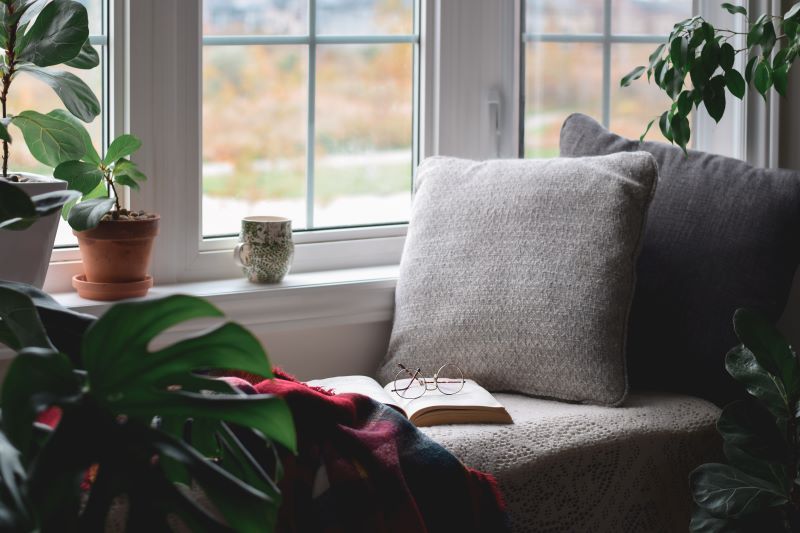
3. Cook up some comfort.
Comfort food and celebration meals are classic hygge fare, but the concept can fit with any palate or dietary needs. Incorporating hygge through food could mean cooking up a family heirloom recipe with your children or grandchildren, or spending a cozy afternoon chopping vegetables to make your favorite casserole or soup.
One easy way to add more hygge to your life is with the crockpot: Add all your ingredients, turn it on then enjoy some down time with a good book or movie as the house fills with delicious smells.
4. Stoke a warm glow.
Candlelight is traditionally associated with hygge, but you can create the same effect in many different ways. For a safer alternative that doesn’t release fumes or smoke, consider flameless candles or fairy lights (they’re not just for the holidays). A candle warmer lamp that releases a warm light while melting the wax of a scented candle is another pleasant alternative that also adds fragrance to a room.
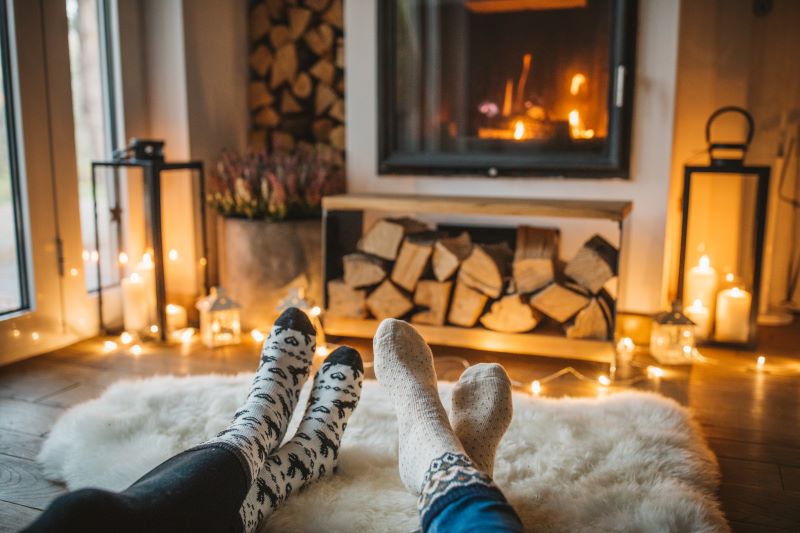
5. Take a break from technology.
In today’s digital world, we’re all too familiar with the ding of constant notifications and the urge to check our phones. Many people use hygge as an opportunity to step away from their phones and other devices to focus on enjoying the company of loved ones or a quiet moment alone.
If you’re not sure where to start, consider creating “tech-free zones” in your home, such as at the dining table or in the bedroom, so you can focus on conversation or relaxation in those areas.
6. Connect with nature.
Appreciating nature is an essential component of hygge. That might mean incorporating wood, plants and other natural elements into your interior decor, creating an outdoor living space at your home where friends can gather or venturing out into nature.
Even in a cold Scandinavian winter, it’s considered hygge to take a walk to appreciate the beauty of snow or ice on branches then come inside for a warm drink by the fire. In a warmer climate or in summer, it could be hygge to take a hike, go on a picnic or an host an outdoor meal under the stars with friends.
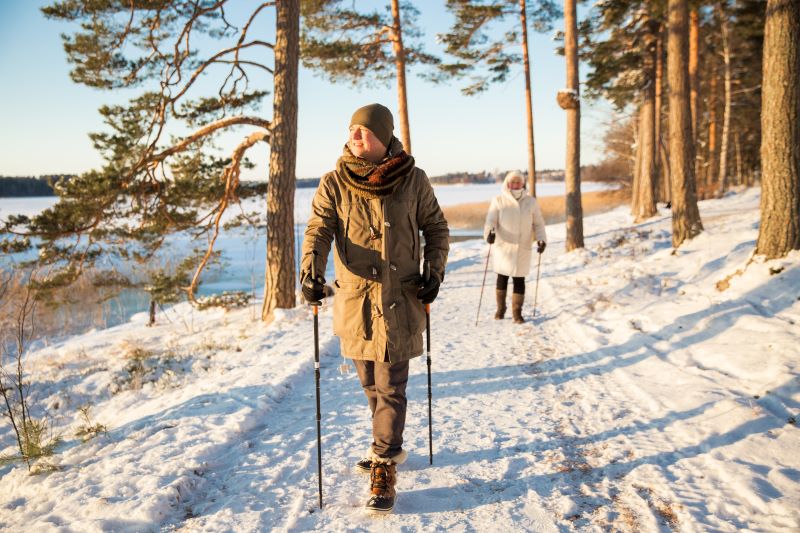


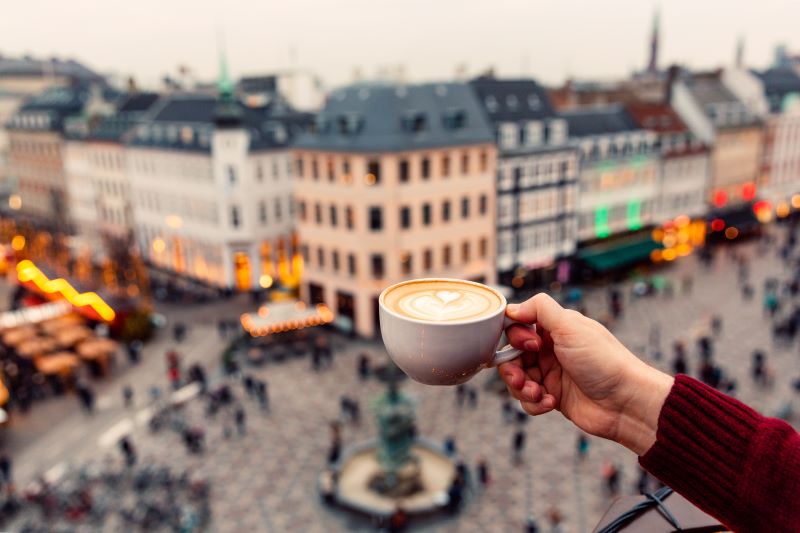
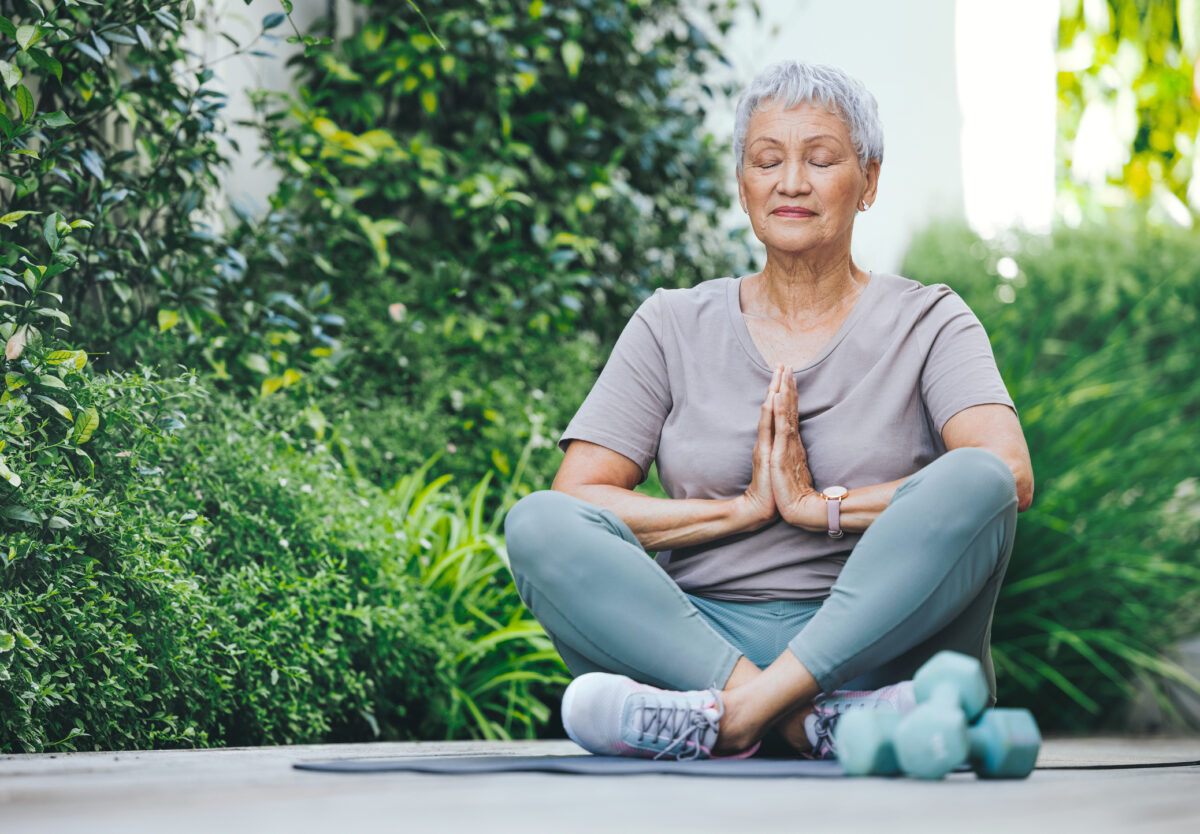
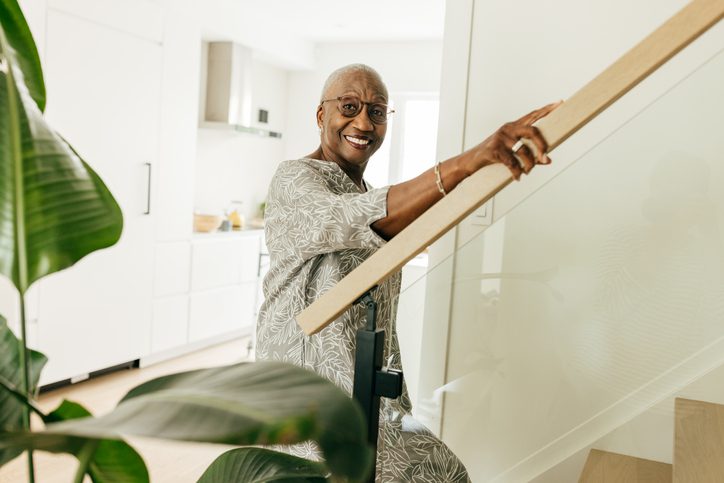
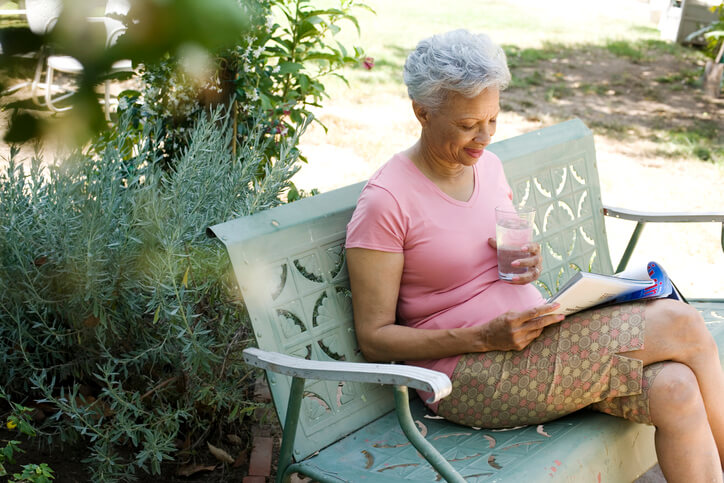

Great to learn about other culture norms
I really enjoyed reading this article again. Everyone is always so busy
we do not take time to relax and enjoy the beautiful things of nature. Many of ‘us’ are so wrapped up in our material things either getting more of them or taking care of them that we forget the importance our loved ones in our lives. We are more concerned about impressing people with our things instead of enjoying our friends and family. Thank you for this great reminder.
Hygge makes all the difference !!
I just bought six Hygge books for family and friends as we lost someone and this article is a help to explain paths to Hygge efforts. Grateful.
I found this interesting, thank you And will apply some of the ideas to my life.Thank you.
Very helpful. Just loved reading about-made me relax.
I was practicing this without even knowing it.
I read the entire article on Hygge because I have never heard of it.
Truly, it was not for me. The things that I enjoy are actions that improve my environment. Like working on the huge project of cleaning, repairing, etc. etc.
my home.